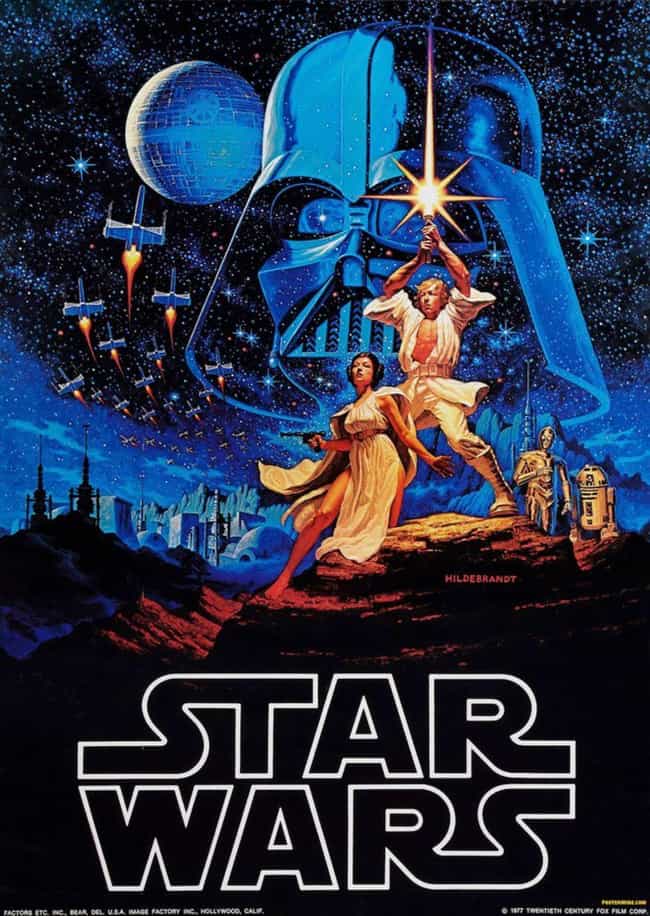Jewish people have been for a very long time the butt of a lot of jokes and have been a prominent stereotype in mass media. They are depicted as being wealthy and cheap and they obtain that wealth through immoral or unethical means. They have long noses and curly hair and speak in an accent that does not really have a name and is colloquially known as the "Jewish accent." They work as doctors, pharmacists, or lawyers and often push their children to pursue the same careers. Another stereotype of Jews is that they control mass media and many of the people involved in television and film are Jewish, which is why some people joke that to win an Oscar you have to make a period piece about the holocaust.
Media Example #1 - Family Guy (Mort Goldman)
Mort Goldman is a pharmacist who is often portrayed as being very cheap and going to extreme lengths just to save a little bit of money. He has curly hair and speaks with a silly exaggerated accent

Media example #2 - Annie Hall (Alvy Singer)
The character of Alvy Singer is a stereotypical Jewish New Yorker, who is nerdy, short, fast-talking, and has the same accent mentioned above. He is often found complaining and is very nonconfronatational and also works as a television writer, feeding into the theory that Jews control the media.
A lot of the stereotypes of Jews are based in reality if you were to generalize the group, except for the fact that they are unethical and evil. They are hardworking people who are very concerned about their families which is why they usually tend to follow in the steps of their parents regarding career choices and they care about the financial future of their children. I would portray Jewish person as being what they really are, which is familial and caring, but also normal and not these humorous, short, fast-talking characters.
Resources







